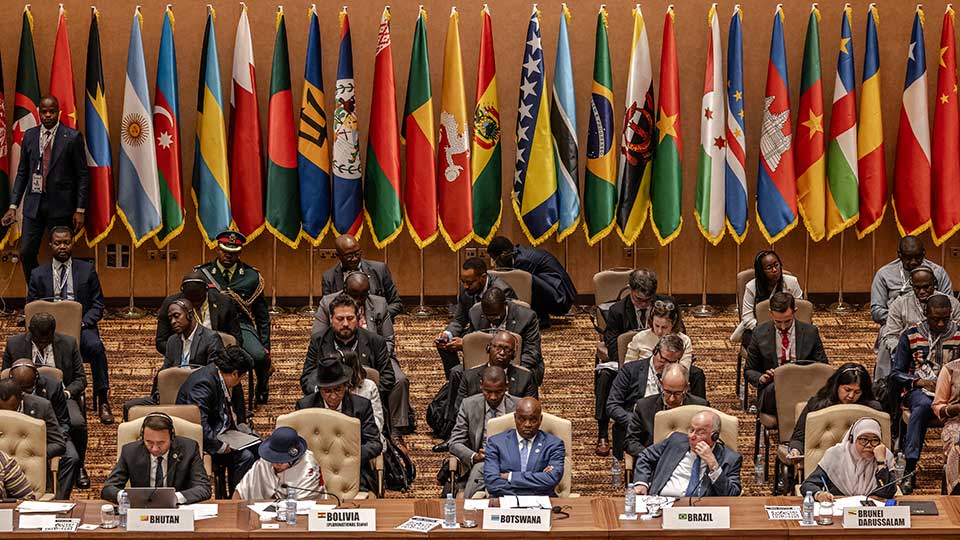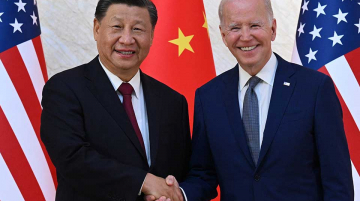
By Jorge Heine
The concept of Active Non-Alignment (ANA) came to the fore in 2019, the result of growing tensions between the United States and China and the ensuing need for Latin American countries to respond to what some have described as a “Second Cold War.” Caught between a rock and a hard place, the region was pressed for an answer to this competition among the Great Powers.
Since then, two events have dramatically altered the dynamics of world politics. The COVID-19 pandemic, the worst to hit humanity in a century, and Russia’s invasion of Ukraine, the most serious casus belli in Europe since the end of World War ll. These events have led to a slowdown and a loss of momentum of globalization. The central notion at the core of the globalization phase that started circa 1980 — that the world is “flattening” and becoming a relatively homogeneous space in which international borders were less significant and the most competitive production and consumption occurred naturally — is now in question. In just a couple of years, globalization took a one-two hit.
On the one hand, the demands for self-sufficiency arising from the supply problems for COVID-19 products like masks, ventilators, and vaccines underscored the advantages of local or nearshore (as opposed to global) production of such items and the premium on availability over affordability. On the other hand, the European dependence on Russian gas and oil revealed by the war in Ukraine threw a monkey wrench into long-standing assumptions of a Pax Europaea that had undergirded the very foundations of the European Union project.
Thus, geoeconomics has given way to geopolitics. In this setting, national autonomy acquires a new significance.
The same goes for geographical and ideological proximity for investment decisions and business deals. In this seamless transition from hyper-globalization to a fragmented world, international politics once again takes center stage, leaving behind the days when states limited themselves to fostering better business conditions for transnational companies. Then, foreign policy was subordinated to economic strategy and focused on matters such as free trade agreements, investment protection protocols, and treaties to avoid double taxation. Now, a fragmented international order privileges inward-oriented regional blocs that prioritize relations between its own member states and do not hesitate to restrict relations with others.
The increasing salience of Active Non-Alignment (ANA) in world affairs in general and in Latin America in particular is thus due to the rise of geopolitics as the driving force, with Great Power competition at its core. The renewed role of regional blocs also stresses the need to articulate common positions and craft agreements among its members on the main issues of the day, including the tensions between the United States and China. What makes ANA so compelling is precisely its ability to respond to the challenges of navigating a terrain marked by disputes between conflicting powers.
In the case of Latin America, at the beginning of the 19th century, the political dependence on the Spanish or the Portuguese Crown ran counter to the free trade gospel emanating from Britain. Today, the region faces a fragmented hegemony. Latin America is part of the Western Hemisphere, which is dominated politically and militarily by the United States. Concomitantly, China is South America’s main trading partner, with rising influence in the financial and technological sectors. In the early 19th century, this tension was resolved via political independence from the Spanish Empire. Two centuries later, the answer to this tension between these two contradictory forces is ANA.
Subordination to the interests of one or another of the Great Powers would obviously be harmful to the region. By aligning with one or another, the margin of maneuver is reduced to a minimum. Openness to competition between the Great Powers, on the other hand, expands policy options. The probabilities of obtaining better conditions increase when dealing with a duopoly than with a monopoly. Likewise, for Latin America to avoid the marginality (if not downright irrelevance) of recent years, it is vital that the region be able to articulate a common position in the face of global challenges; in that sense, ANA is the only real alternative.
Jorge Heine is a Research Professor at the Pardee School of Global Studies at Boston University and the co-editor, with Carlos Fortin and Carlos Ominami, of Latin American Foreign Policies in the New World Order: The Active Non-Alignment Option, from which this article is adapted, and whose paperback edition was published by Anthem Press in London in January 2024.






